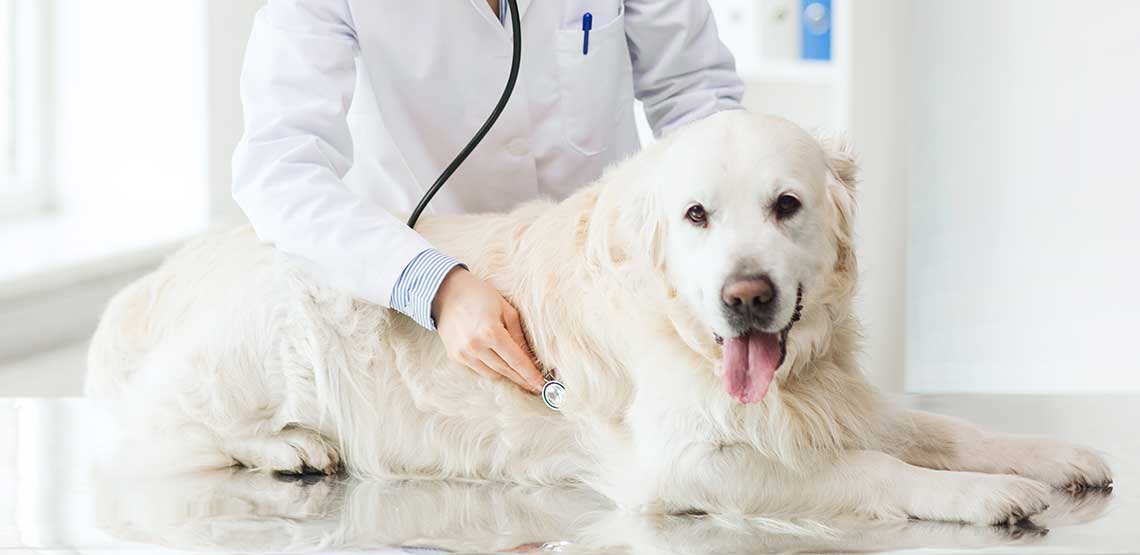Recognizing and Treating Tapeworms in Dogs
Tapeworms are a very common parasite often found in dogs. White and small in appearance, tapeworms attach to the wall of the intestine using a hook-like mouth. They can grow to be several inches in length, and as the worm develops, smaller segments break off. Each segment contains tapeworm eggs, and these small segments can be found within the dog's stool or in the dog's anal region.
Fleas are the primary way canine tapeworm is transmitted. Flea larvae ingest fecal matter carrying the eggs of the tapeworm. The dog accidentally ingests the flea, and the worm harbored there, thus providing an ideal environment for the reproduction of the tapeworm. Dipylidium caninum is the most common form of the worm.
Tapeworm Symptoms
Some symptoms of tapeworm include:
- the appearance of mobile, white flecks near the dog's anus
- the appearance of worms in the stool
- the appearance of dried segments near places where the dog sleeps
If you suspect your dog might have tapeworm, check its pillow and resting places. Often, when the animal is relaxed, pieces of the worm break off and fall out of the dog's anus. The pieces then dry up and appear like small sesame seeds or flecks of brown rice.
Other tapeworm symptoms include weight loss, dog vomiting and odd behavioral patterns, such as the dog excessively itching its anal region or trying to scoot on its backside across a rug. Watch for these symptoms, and check the dog's stool and/or vomit for pieces of the worm.
You May Also Like:
Related Search Topics (Ads):
Tapeworm Treatment
Although tapeworm is not extremely harmful to the dog, it is uncomfortable and can cause weight loss and vomiting if left untreated. Luckily, treatment can be done with the use of a single tablet or injection. The worm is killed, then digested by the dog and excreted in the stool. Treatment is inexpensive, effective and causes no side effects.
Tapeworm Prevention
The best way to prevent dog tapeworm is to rid your dog of fleas. Small rodents can often carry tapeworm, so be sure your dog is not eating rodents that might be infected. Good hygiene, flea control, regular trips to the vet for deworming procedures and routine fecal exams can assist in preventing tapeworm infections.

